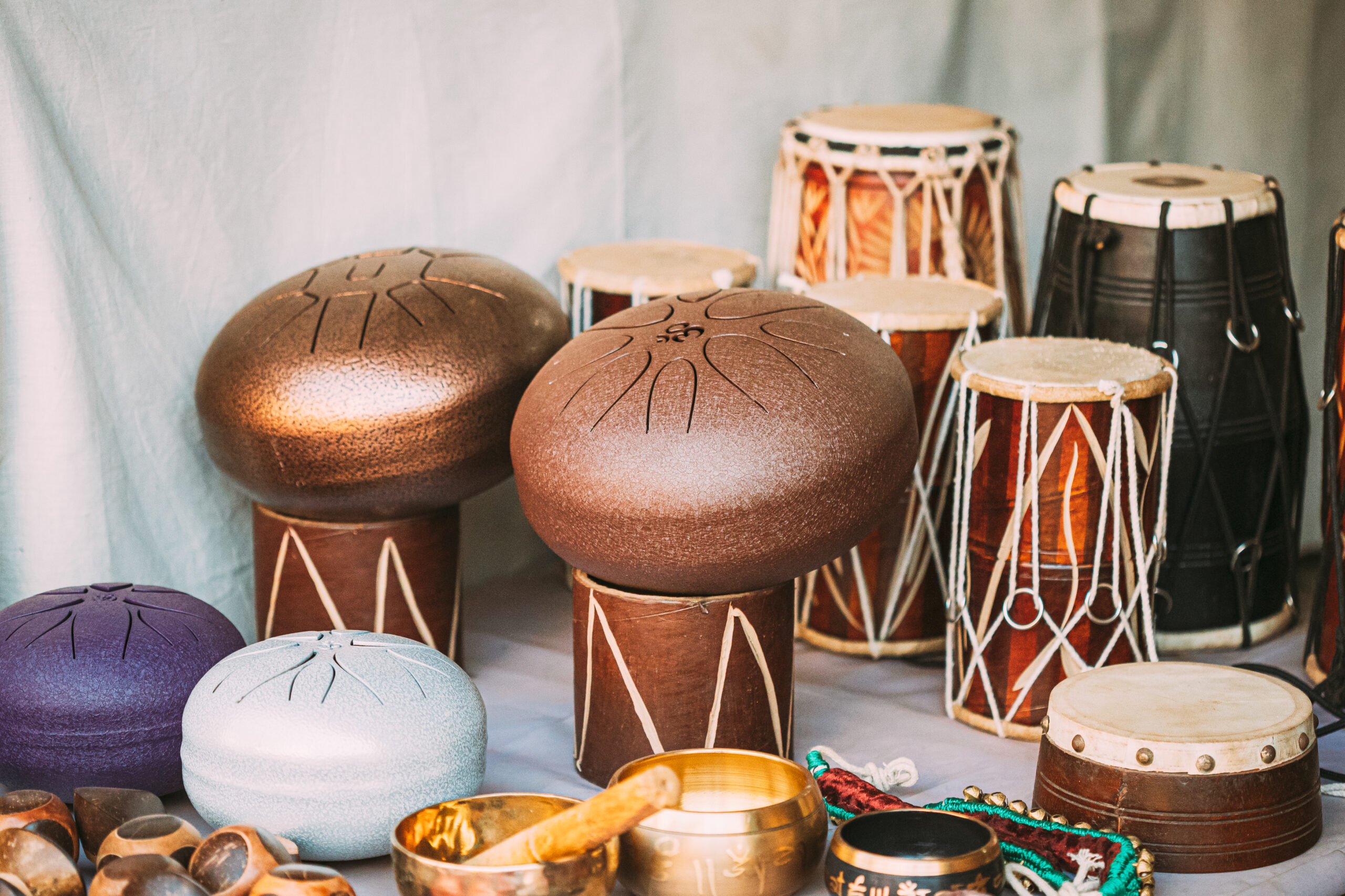Rhythm and Percussion: The Heartbeat of Music
From the first clap of hands to the thunder of drums in a concert hall, rhythm and percussion form the foundation of all music. They are not just components of music—they are the pulse of life itself.
What is Rhythm?
Rhythm is the pattern of sounds and silences in time. It is what gives music its structure and drive. Without rhythm, music would be like a sentence without grammar—words floating aimlessly.
Rhythm is present in everything: the beating of the heart, the ticking of a clock, the steps of a dancer. It organizes time in music through beats, tempo (speed), and meter (grouping of beats).
What is Percussion?
Percussion instruments are those that produce sound when struck, shaken, or scraped. They are the oldest family of instruments in the world. Examples include drums, cymbals, xylophones, tambourines, congas, tablas, and even simple hand claps.
Percussion gives rhythm its voice. While rhythm is the idea, percussion is how that idea is heard.
The Role of Rhythm and Percussion in Music
-
Foundation of Musical Structure: Rhythm sets the tempo and time signature for the entire piece. It is like the skeleton on which melody and harmony are built.
-
Energy and Movement: Percussion drives the energy of a song. Whether it’s a gentle brush on a snare or a booming bass drum, percussion makes people tap their feet and dance.
-
Cultural Expression: Every culture has its own unique rhythms and percussion instruments. African djembe drums, Indian tabla, Latin congas, and Japanese taiko all tell stories of their people and traditions.
-
Support and Emphasis: Percussion doesn’t always lead—it often supports. It adds texture, highlights dramatic moments, and brings life to even simple melodies.
A Journey Through Time
Historically, percussion was used for communication, rituals, and celebration. In ancient times, war drums were used in battles; in tribes, rhythms were played during ceremonies. Over time, percussion became an essential part of folk, classical, and modern music genres.
In Western classical music, timpani and snare drums joined orchestras. In jazz, the drum set revolutionized rhythm sections. In modern pop, electronic beats and digital drums dominate charts.
Percussion in Indian Music
India has a rich tradition of percussion. The tabla in Hindustani music and the mridangam in Carnatic music are not just rhythm keepers—they are solo instruments capable of great expression. Instruments like dhol, kanjira, ghatam, and chenda add to the diversity.
Indian rhythms (called taalas) are intricate and mathematical, often involving cycles of 3, 7, 9, or even 17 beats, played with improvisation and mastery.
Conclusion: The Universal Pulse
Rhythm and percussion are the heartbeat of music—powerful, primal, and present in every genre, culture, and age. Whether it’s a tribal drum circle, a marching band, or a digital EDM track, rhythm connects us all. It speaks to something deep within us—our inner pulse, our need to move, celebrate, and feel alive.



